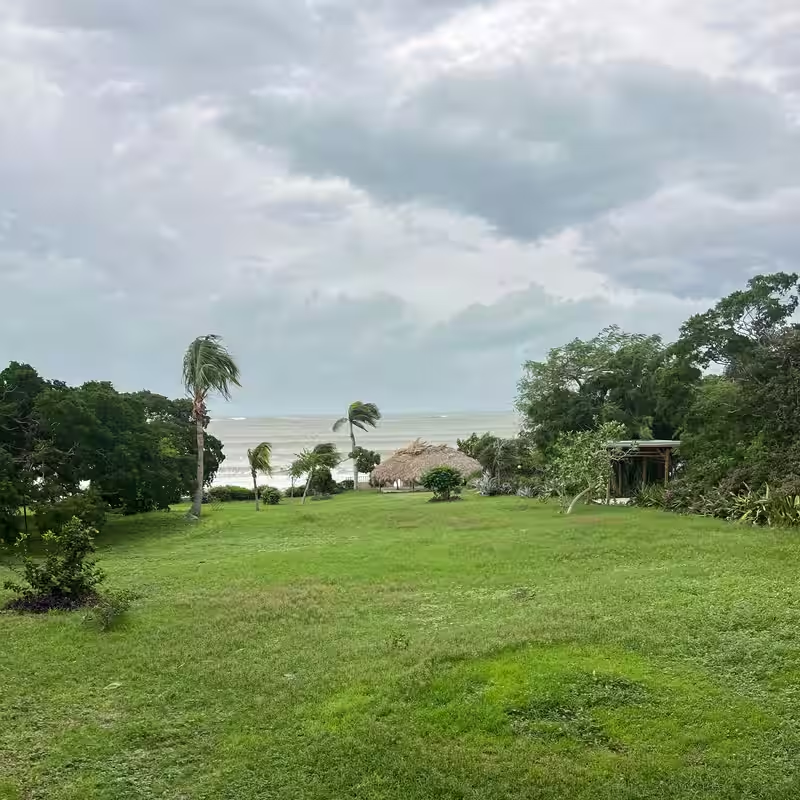Table of Contents
- Hurricane Melissa Strikes
- Nationwide Communications Collapse
- Airports Shut Down, Travel in Chaos
- Kingston Spared—But Concerns Grow
- Human Toll and Emergency Response
- Recovery Challenges Ahead
- Sources
Hurricane Melissa Strikes
Hurricane Melissa made landfall on Jamaica on October 28, 2025, as a powerful Category 3 storm, delivering sustained winds of 115 mph and torrential rainfall across the Caribbean island. The storm’s direct hit has left much of the nation of 2.8 million people reeling—particularly from a near-total communications blackout that has hampered emergency efforts and left families desperate for news.
Nationwide Communications Collapse
Within hours of landfall, internet and mobile networks across Jamaica went dark. By Wednesday morning, over 90% of the island was without internet service, according to local telecom providers and international monitoring groups like NetBlocks. Landline services also suffered widespread outages, cutting off rural communities from emergency alerts and aid coordination.
“We’ve never seen a communications failure of this scale,” said Dr. Simone Clarke, a disaster response analyst at the University of the West Indies. “Even during Hurricane Ivan in 2004, core networks stayed partially online.”
Major providers like Flow Jamaica and Digicel reported extensive damage to cell towers, fiber-optic lines, and power infrastructure. With electricity out in large swaths of the island, backup generators have been overwhelmed or rendered inoperable by flooding.
Airports Shut Down, Travel in Chaos
All commercial flights into and out of Jamaica have been suspended indefinitely. Norman Manley International Airport in Kingston and Sangster International Airport in Montego Bay—Jamaica’s two busiest hubs—remain closed due to debris on runways, structural damage to terminals, and ongoing power failures.
Dozens of cruise ships rerouted mid-voyage, while stranded tourists crowded into hotels with dwindling supplies. The Jamaica Tourist Board has activated its crisis protocol, urging visitors to stay indoors and await official updates.
Kingston Spared—But Concerns Grow
Surprisingly, Kingston, the capital city with a population of nearly 700,000, avoided the worst of Hurricane Melissa’s fury. While the city experienced heavy rain and gusty winds, major flooding and structural damage were minimal compared to coastal towns like Port Antonio and Negril.
Still, officials warn that the full impact may not be known for days. “Just because Kingston looks okay doesn’t mean the rest of the country is,” said Minister of National Security Horace Chang. “We’re flying drones into remote parishes right now to assess damage.”
Human Toll and Emergency Response
Early reports confirm at least three fatalities linked to the storm, with dozens injured. Rescue teams from the Jamaica Defence Force have deployed to hard-hit regions, using boats and helicopters to reach isolated communities cut off by landslides and washed-out roads.
The Pan American Health Organization (PAHO) has pre-positioned medical supplies in Kingston, ready for rapid distribution. Meanwhile, the U.S. Agency for International Development (USAID) announced an emergency aid package, including satellite phones and water purification units.
Recovery Challenges Ahead
Restoring internet and power could take weeks, experts say. The storm’s timing—just before the peak tourism season—threatens Jamaica’s economic recovery from recent global disruptions. Agriculture, particularly banana and coffee farms in the Blue Mountains, has also suffered severe losses.
For now, Jamaicans are relying on battery-powered radios and word-of-mouth updates. Social media, once a lifeline during past disasters, remains largely inaccessible.
“We’re not just rebuilding infrastructure,” said Prime Minister Andrew Holness in a brief radio address. “We’re rebuilding hope.”




